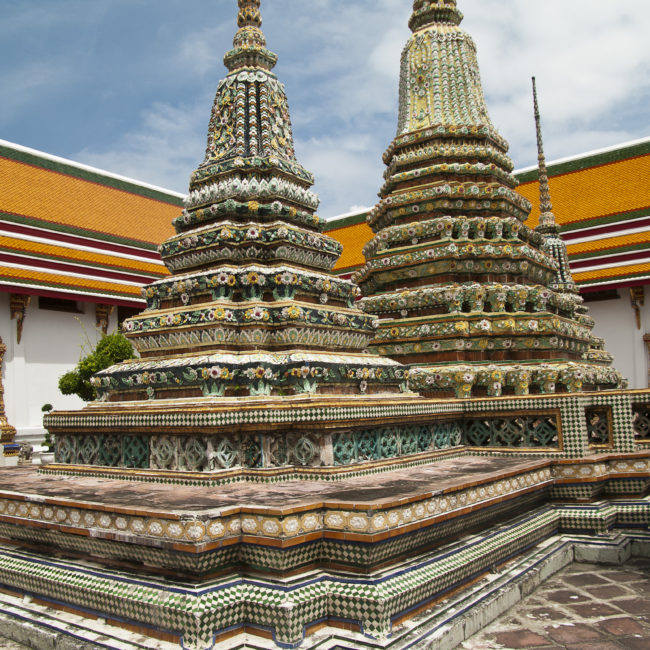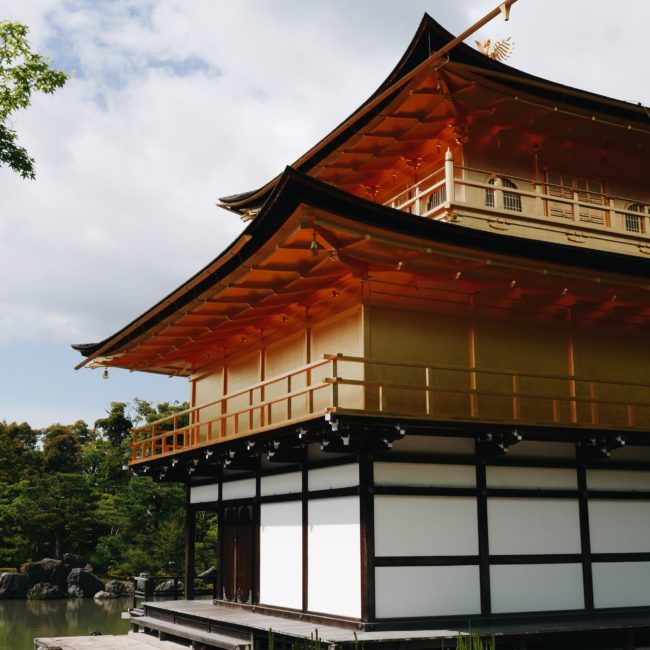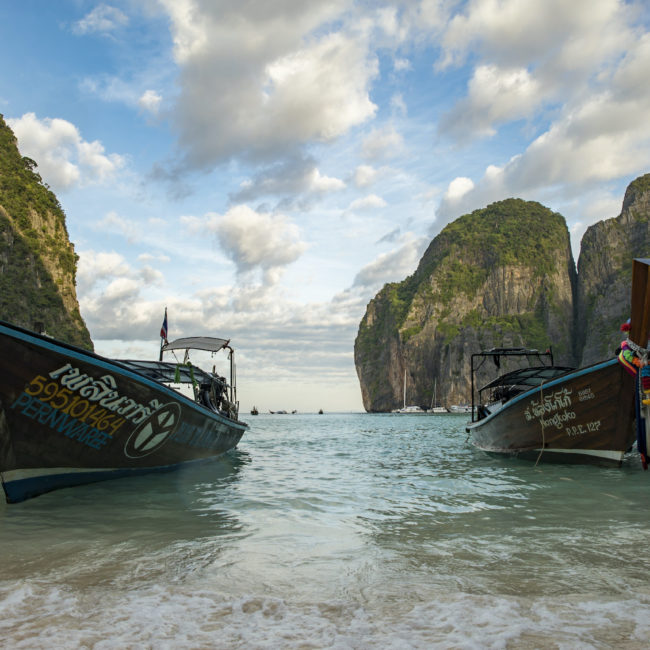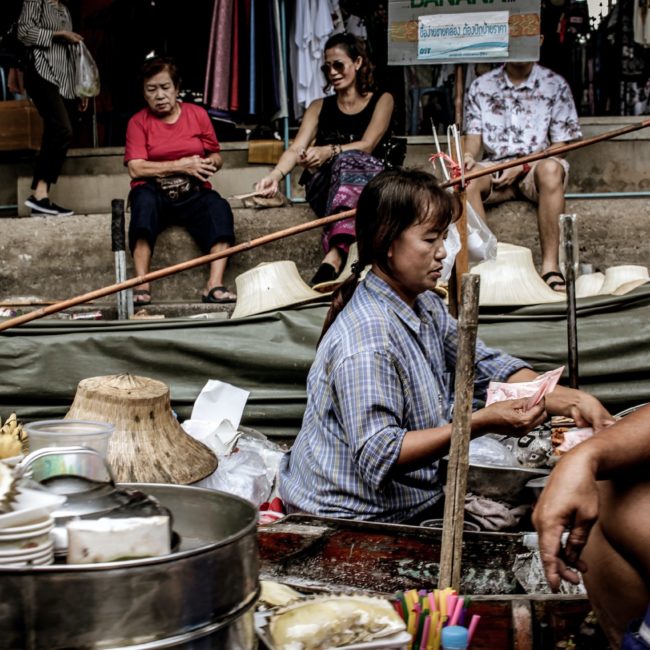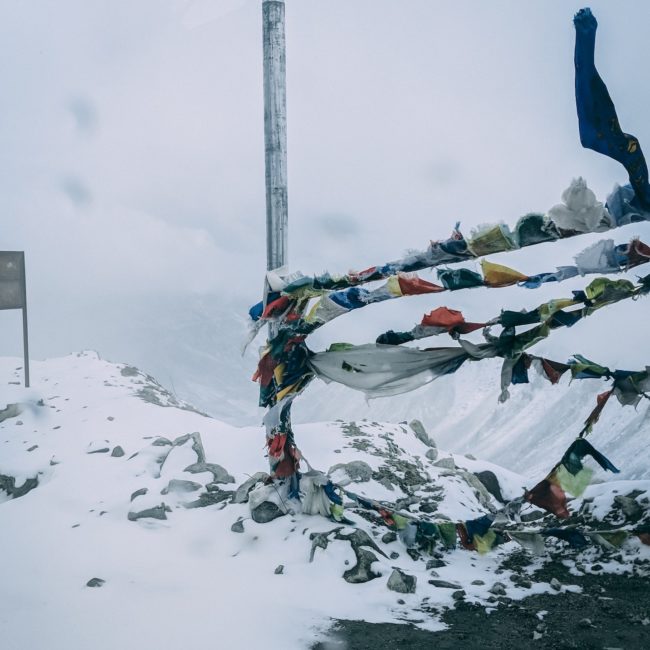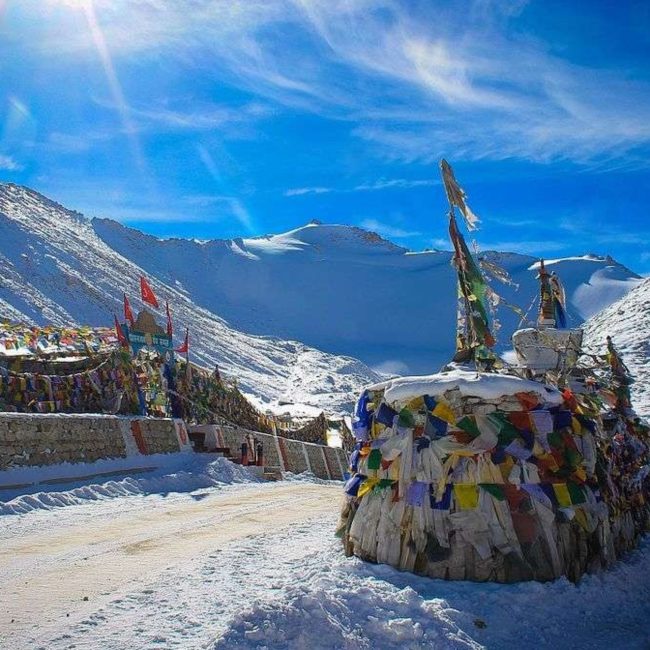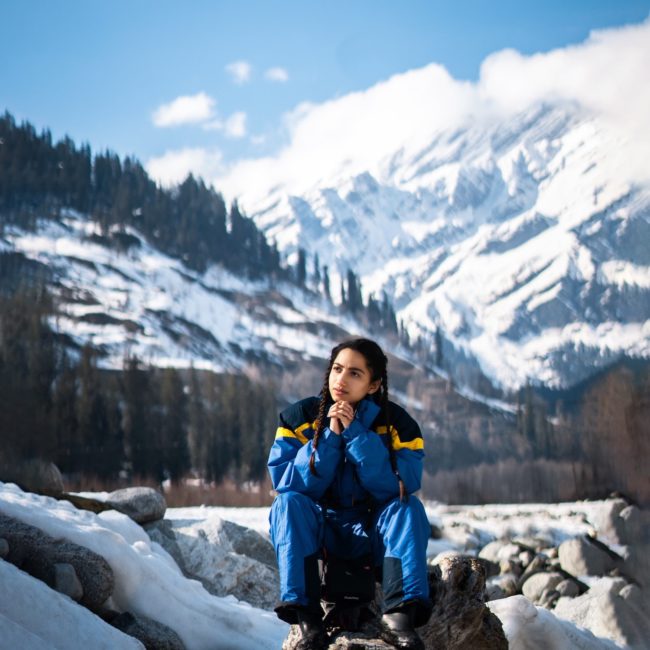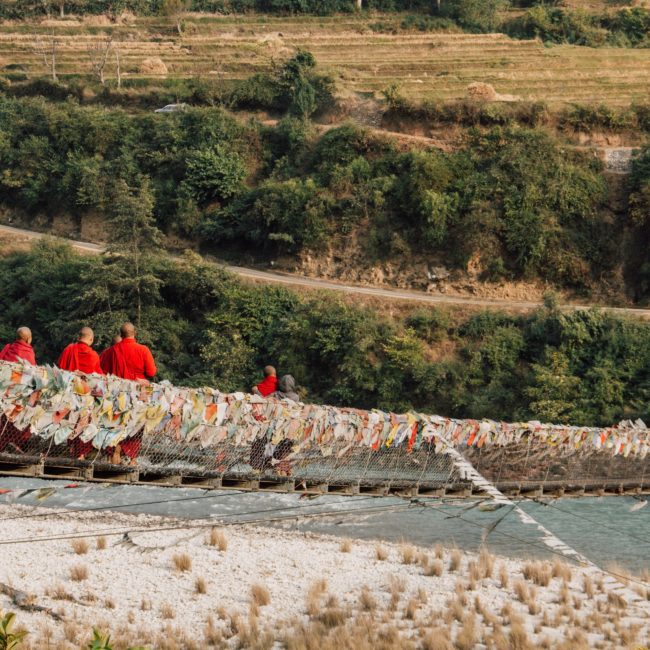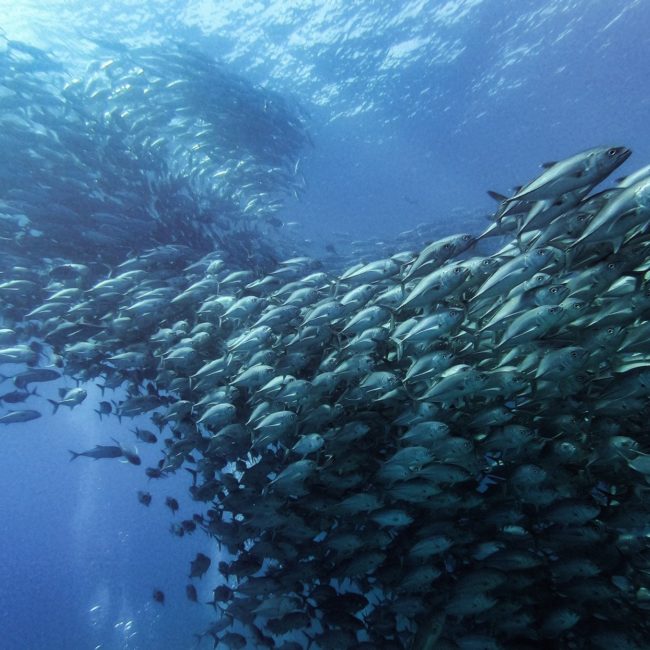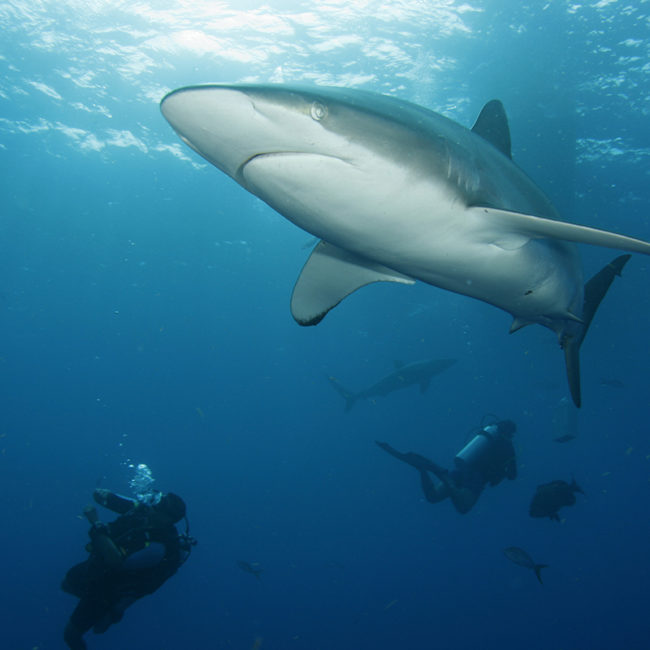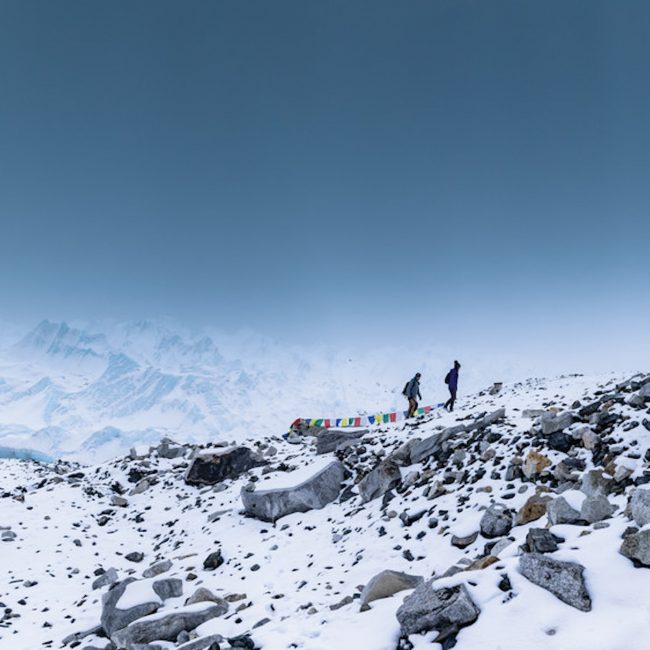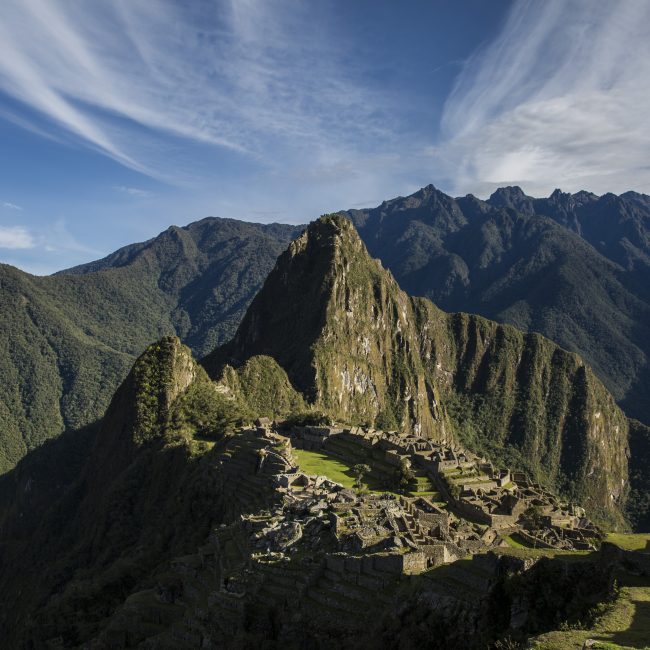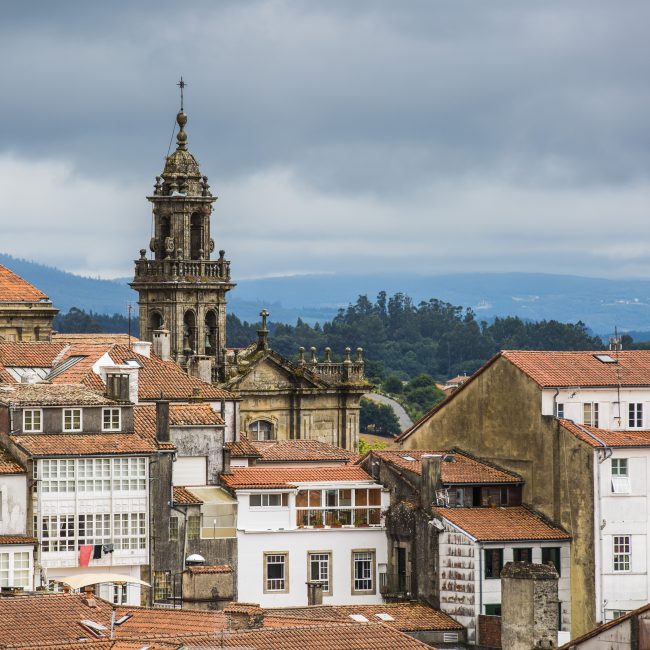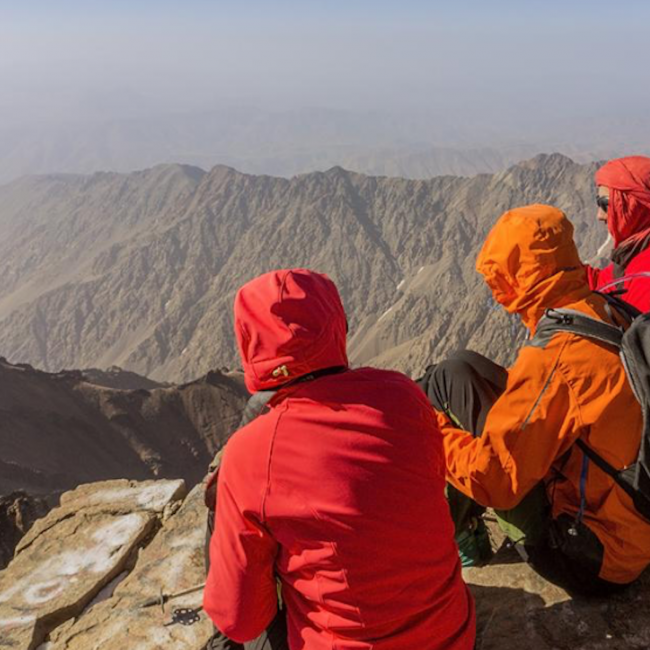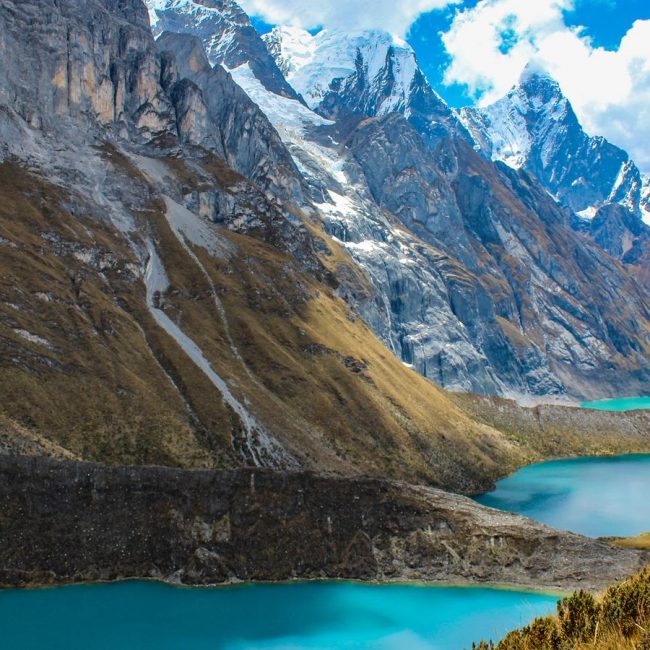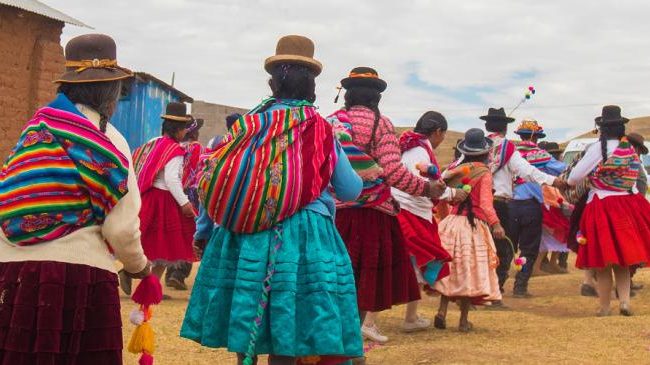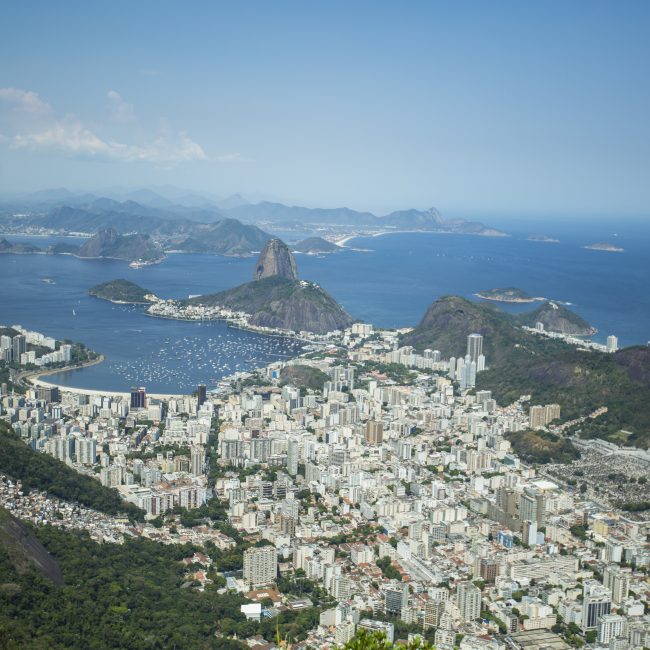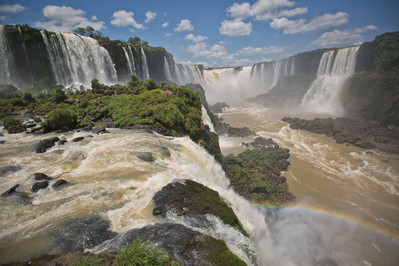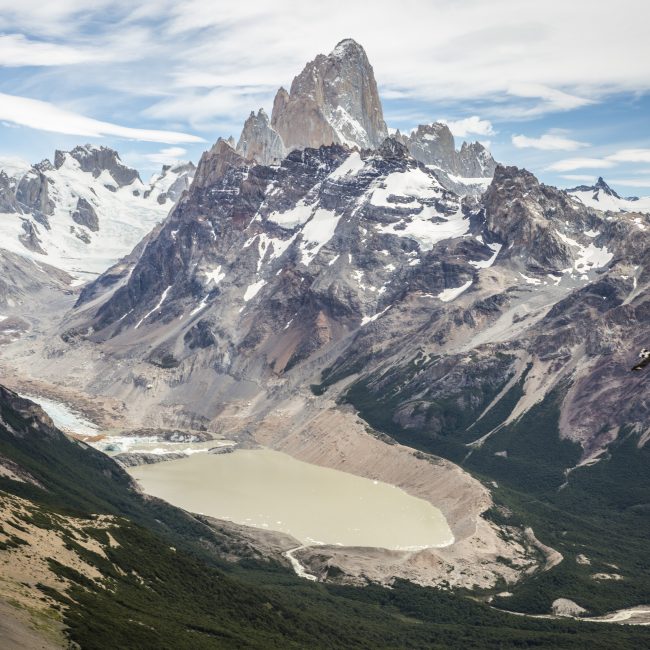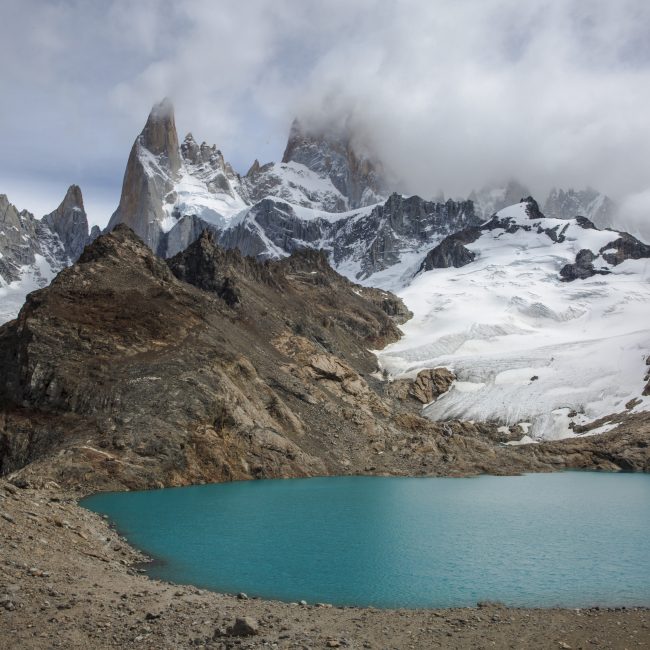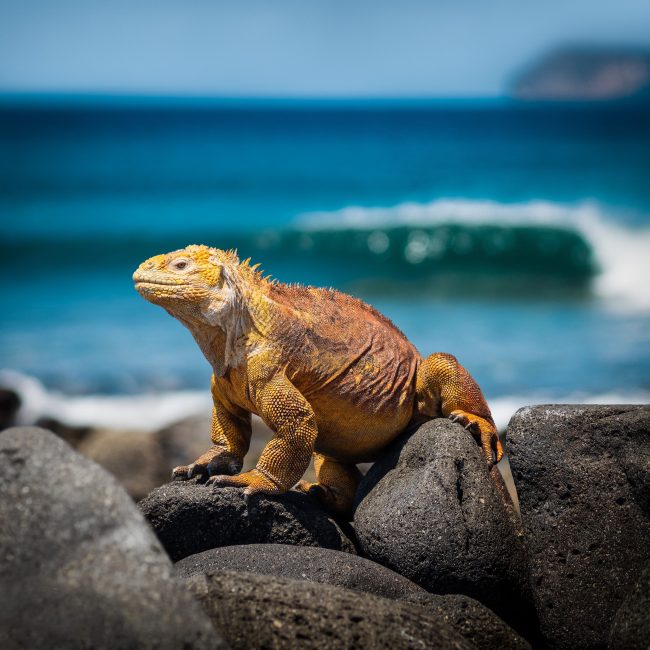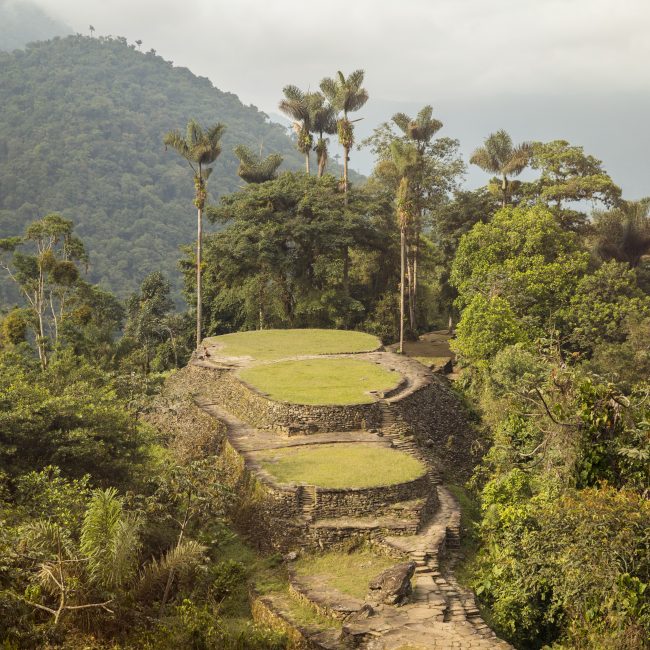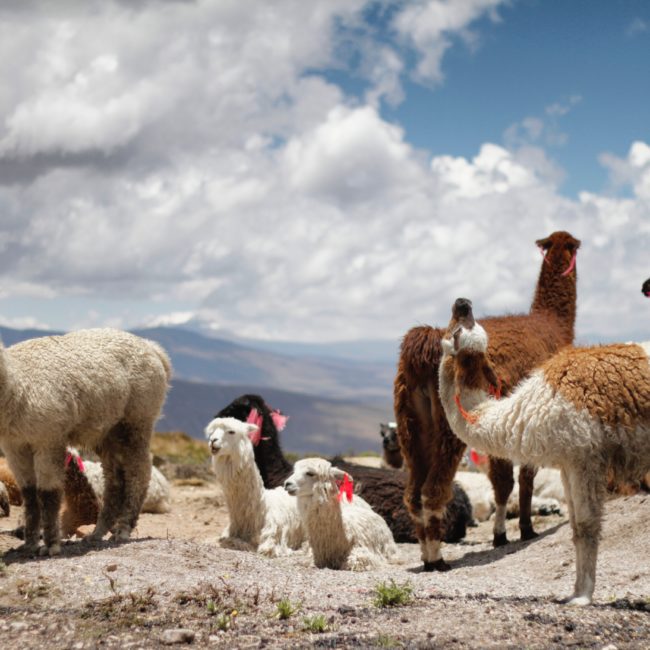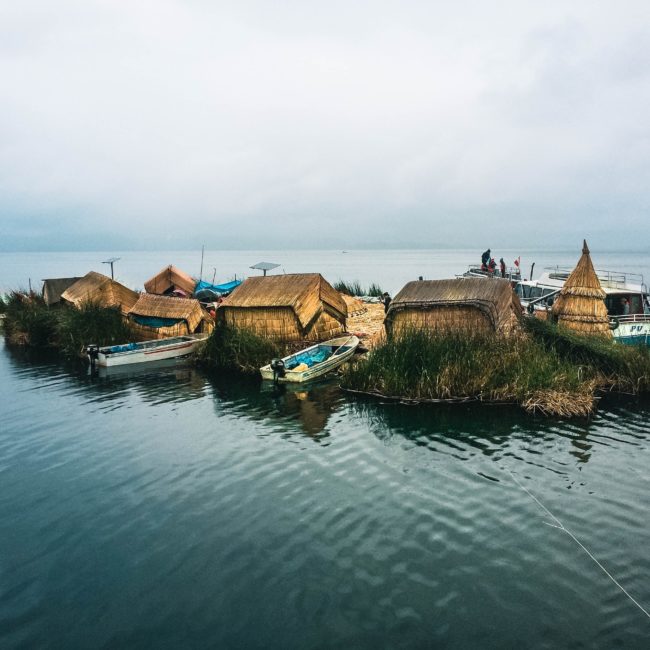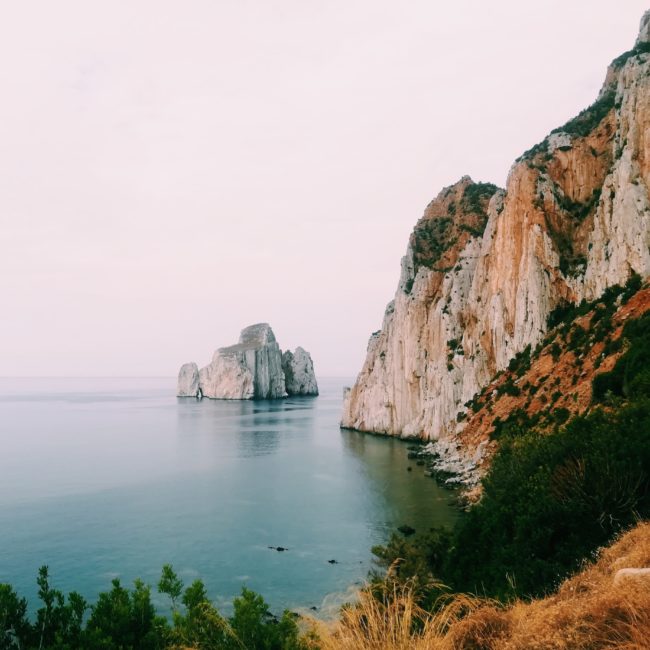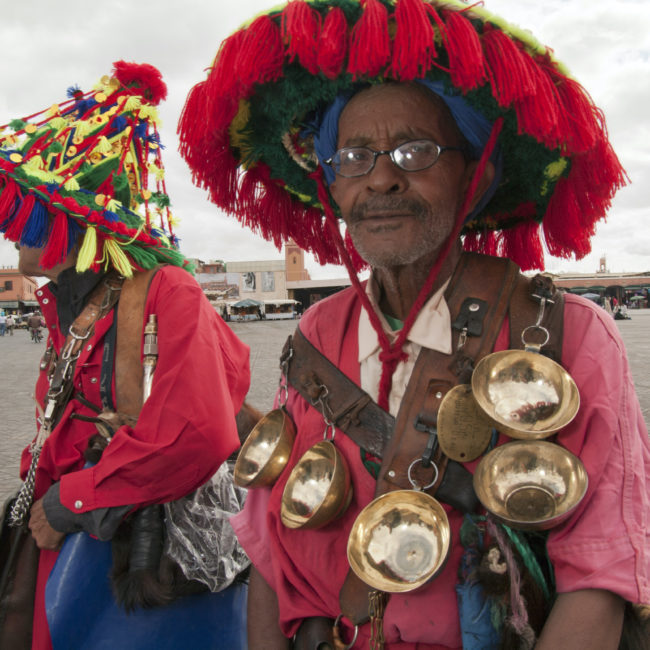
Located 90 miles off the coast of Key West, Florida, Cuba is the largest Caribbean island nation. Its neighbors are the Cayman Islands, Jamaica and Haiti. Cuba spans 44,200 miles, making it a bit smaller than the state of Pennsylvania. Its varied geography includes rolling farmland, rugged mountains, urban metropolises, quaint Colonial villages and white-sand beaches.
The island is divided into 15 provinces and one special municipality, Isla de la Juventud. Notable Cuba areas include rural Piñar del Rio, where tobacco farming builds economic momentum; seaside Santiago de Cuba, the country’s second largest city next to Havana rife with colorful Afro-Cuban influence; and colonial Trinidad, a sleepy town designated a UNESCO world heritage site nestled between majestic mountains and the sea.
Cuba’s population is richly diverse, with 11.2 million residents. Despite its Native roots, the most profound effects on Cuban culture are the result of European, African and North American influences.
We help you fulfill your bucket list!
If you don’t see what you’re looking for, we would love to help create custom solutions and reach out to you!
Country Information
As recently as May 4, COVID-19-related restrictions in Cuba remain relatively unchanged in comparison to those in place during the first week of April. Protocols will probably stay in force into at least early June, although domestic restrictions at the provincial and municipal levels may be adjusted based on local case numbers.
International travel officials still maintain existing entry and quarantine requirements for all arrivals. Jose Marti International Airport (HAV) in Havana is operating with the following additional restrictions:
- All travelers must present a negative result from a polymerase chain reaction (PCR) COVID-19 test taken no more than 72 hours prior to entry.
- All travelers must declare their health status and will be required to take a COVID-19 PCR test upon arrival.
- All travelers are required to remain in mandatory isolation for at least five days; a second PCR test will be administered on the fifth day. The isolation period ends when the second test result is negative. Cuban nationals and residents will complete their isolation at designated centers free of charge, while non-resident foreigners will be isolated in designated hotel facilities at the traveler’s expense.
- All passengers must pay a sanitary/health tax included in the price of the flight ticket to cover the costs of sanitization and COVID-19 testing.
Individuals are required to abide by local restrictions, wear a facemask in all enclosed public spaces, and adhere to sanitization and physical distancing requirements.
All travelers to Cuba must possess a valid passport, a return ticket, travel insurance policy with medical coverage, and a visa or tourist visa. Unlicensed U.S. citizens may be allowed a stay of up to 90 days upon entry. British citizens are granted 30 days upon entry. This can be extended for another 30 days within Cuba. Canadian citizens are granted a visa for 90 days. This can be extended for 90 days only.
Tourist visas are generally issued by the ticketing airline or travel agent. In a worst-case scenario, the visa can usually be bought on the spot upon clearing Customs.
Make sure you are up-to-date on all routine vaccines before every trip. Some of these vaccines include chickenpox (Varicella), diphtheria-tetanus-pertussis, flu (influenza), measles-mumps-rubella (MMR), polio, and rabies.
Everyone 16 years of age and older should get fully vaccinated for COVID-19 before travel.
Cuba has a semi-subtropical climate, divided into two seasons: wet (May-October) and dry (November- April). However, regional variations and trade winds account for fluctuations. Cuba’s average temperature is 77 °F. Compared to most countries, Cuba experiences little variation, although July and August can be hot and humid. Nearly two-thirds of all rainfall occurs during the wet season. Hurricane season is from June-November. Cuba has an advanced disaster preparedness system and civil defense network for evacuations.
Internet is becoming increasingly available in Cuba, and costs are much lower than they used to be. However it is still much more difficult to access the internet in Cuba than in most other countries, and the vast majority of guesthouses do not have the facilities to offer WIFI.
There are WIFI points, however, at different places in all the cities visited by tourists, such as plazas, public areas, and in most hotels.
International phone calls from Cuba are very expensive, the cheapest being about 25CUP per minute. You can either buy a phone card from an ETECSA to use on public phones, or call from a hotel. The rates from hotels may be slightly more expensive but more convenient as you are not cut off when the card runs out, and only pay the cost of the call. 119 is the code to make international calls from Cuba.
Although the power supply in Cuba is mainly 110 volts, most of the modern hotels have dual voltage with all the sockets in the room being 220 volts.Usually in the bathroom there is an 110 volt socket suitable for shavers and charging batteries.
The sockets in the rooms are cleverly designed so they will take the North American flat 2 pin and the European rounded two pin plugs and are usually similar to these, the bottom one being the one in the bathroom.
Read the Department of State’s COVID-19 page before you plan any international travel.
If you decide to travel to Cuba:
- See the U.S. Embassy’s web page regarding COVID-19.
- Visit the CDC’s webpage on Travel and COVID-19.
- Avoid Hotel Nacional and Hotel Capri.
- If you experience any acute auditory or sensory phenomena, immediately move to another area.
- Know where to seek medical care in Cuba.
- Consult with a medical professional prior to traveling if you have personal health concerns or upon return if you believe you have suffered symptoms similar to those listed above.
- Enroll in the Smart Traveler Enrollment Program (STEP) to receive Alerts and make it easier to locate you in an emergency.
- U.S. citizens who travel abroad should always have a contingency plan for emergency situations.
- Review the Traveler’s Checklist.
There is now one unified currency in Cuba, the Cuban Peso (CUP). The CUP will trade at 24 pesos to the US Dollar.
Previously, there were two currencies.The CUP, outlined above, which tourists only really used for street food, and the Cuban Convertible Peso (CUC). The Cuban Convertible Peso (CUC pronounced Cook), was the so-called Cuban tourist currency, used daily by foreigners to pay for accommodation such as casas particulares, buses, taxis, tours and food. The CUC will be phased out, making way for the CUP.
64.12% of the population of Cuba is composed of whites or of Caucasian stock. Mulattos or mestizos comprise 26.62% of the population while the rest (9.26%) are African in origin.
Spanish is the official language of Cuba. Please note that Cuban-Spanish contains variations, making it difficult for native-Spanish speakers, who may get lost in translation at times. The majority of Cubans only know Spanish, but in larger cities and tourist areas, English is commonly spoken. Although knowledge of Spanish isn’t required, you are encouraged to learn some simple words and phrases to maximize your experience with the Cuban people.
Cuba’s main religion is Catholicism, though it has been modified through various beliefs. Among the leading influences is Santería, a blend of Christian-West African Yoruba and Roman Catholic Christianity. Other religions include Palo Monte and Abakua, both rooted in African traditions. There are also thousands of Jehovah’s Witnesses. Jewish Cubans have lived on the island for centuries. A Muslim minority, totaling about 0.1 percent of the population, lives on the Caribbean island.
Cuba has had a communist political system since 1959 based on the “one state – one party” principle. Cuba is constitutionally defined as a Marxist–Leninist socialist state guided in part by the political ideas of Karl Marx, one of the fathers of historical materialism, Friedrich Engels and Vladimir Lenin. Despite being regarded as a Communist state, the ideology of José Martí is what serves as the main source of influence in Cuban politics. The present Constitution, which was passed in a 2019 referendum, also describes the role of the Communist Party of Cuba to be the “leading force of society and of the state” and as such has the capability of setting national policy. The 2019 Constitution identifies the ideals represented by Cuban independence hero José Martí and revolutionary leader Fidel Castro as the primary foundation of Cuba’s political system, while also stressing the importance of the influence of the ideas of Karl Marx, Friedrich Engels, and Vladimir Lenin.
Economy
The Cuban state follows a socialist economic model. While the state controls most resources and the majority of citizens are employed by the government, there has been a noticeable emergence of a private employment sector. A new legislation recently introduced private ownership of homes and cars. In 2006, the private sector employed 22 percent of citizens, which is 14 percent more than in 1981. The main industries of Cuba are food production and industrial products and their main exports are sugar, nickel, seafood, citrus, tobacco products and rum.



